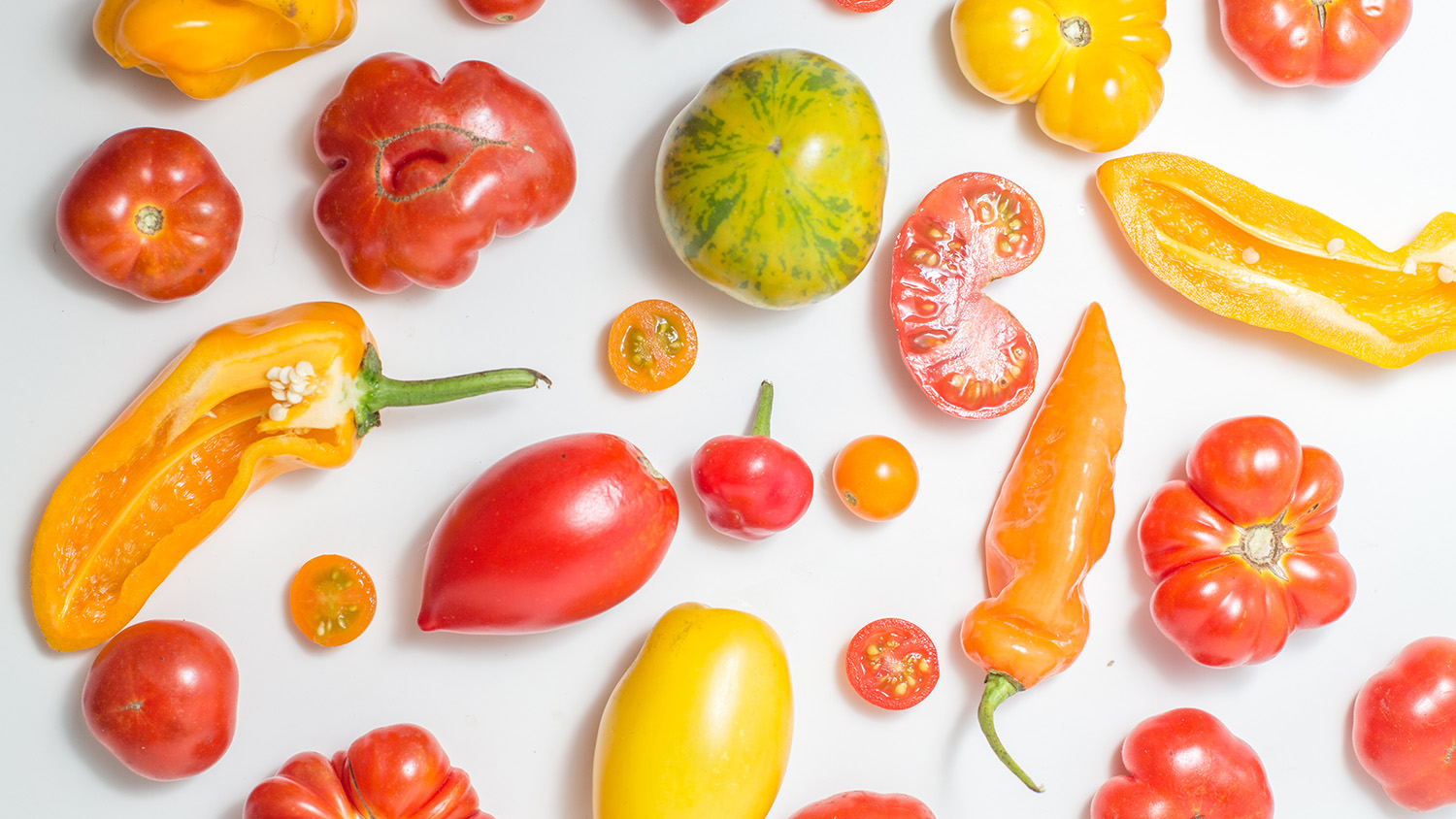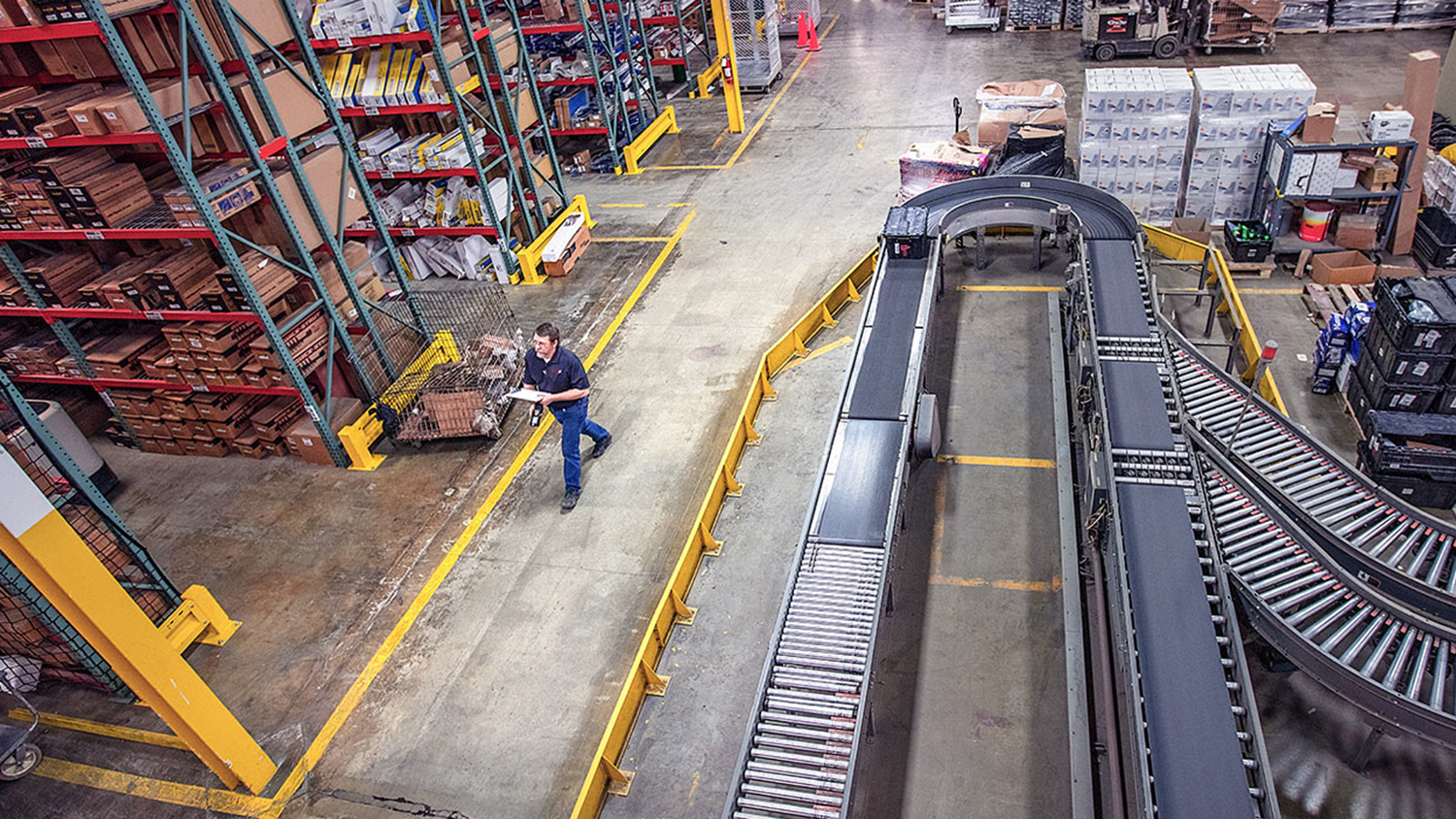Citizen Science Can Play Role in Addressing Agricultural Challenges

For Immediate Release
An international team of more than three dozen researchers has published a paper highlighting the potential of citizen science to address pressing research challenges in agriculture and food systems. One key to capitalizing on such efforts, the researchers find, may be to build stronger ties between citizen science and agricultural extension efforts.
“We define citizen science as research in which non-scientists play a role in project development, data collection or discovery and which is subject to conventional peer review,” says Sean Ryan, lead author of a paper on the work. “Though citizen science has grown in popularity in recent decades, it isn’t a new idea. There are examples of what you might call citizen science dating back to ancient China, 3,500 years ago.
“Our goal with this work was to capture the extent to which modern citizen science has helped us address meaningful research questions related to agriculture and food,” says Ryan, who is a Citizen Science Fellow at North Carolina State University and postdoctoral researcher at the University of Tennessee Institute of Agriculture. “Has citizen science made a difference in tackling the global challenge of feeding a growing population in a changing climate? Could it do more?”
To assess the state of citizen science in agricultural research, the researchers analyzed hundreds of academic articles, singling out dozens of examples that address issues from crop pests and pathogens to biodiversity and ecosystem services. The researchers also looked at a number of ongoing projects that have not yet appeared in academic journals.
“In all of the areas we looked at, we found that citizen science has been used to both produce scientifically robust findings that address real-world issues and to engage the public,” Ryan says.
Specifically, the researchers found that – as long as a study was well designed – citizen science could produce solid findings, make a research project more cost effective and allow researchers to expand the scale of their studies dramatically.
“For example, enlisting farmers or gardeners in a study could give researchers access to samples across a broad geographic range, often on lands that researchers would not otherwise have access to,” Ryan says.
Another key idea to come out of the work is that agricultural extension and citizen science practitioners could learn from each other, and such partnerships hold a lot of potential for addressing agricultural research challenges.
“Ag extension is focused on connecting growers and researchers; it’s where research findings are put into practice,” Ryan says. “It’s effective because extension agents have relationships with farmers. There’s real trust there. And those kinds of relationships are essential to both understanding which research questions have real-world value and to enlisting growers into efforts to address those questions. Partnerships between extension and citizen science have enormous potential to advance agricultural science.”
In addition, the researchers note that citizen science efforts have the potential to – at least partially – fill the role of extension in parts of the world where there is no extension service. For example, by building relationships with farmers, citizen science practitioners may be able to help farmers apply research to address on-farm challenges.
“Ultimately, we hope citizen science researchers consider looking at agricultural issues,” Ryan says. “We hope agricultural researchers consider citizen science as a viable means of advancing their work, and we hope to see more collaboration and communication between citizen science and agricultural extension.”
The paper, “The Role of Citizen Science in Addressing Grand Challenges in Food and Agriculture Research,” is published in Proceedings of the Royal Society B. Senior author of the paper is Rob Dunn, a professor of applied ecology at NC State. The complete list of co-authors is available in the paper.
Support for the work came from the NC State University Plant Sciences Initiative; the NC State College of Agriculture and Life Sciences; the National Science Foundation, under grant number 1319293; and the United States Department of Food and Agriculture’s National Institute of Food and Agriculture, under grant number 2017-67012-26999.
Ongoing citizen science projects that focus on food and agriculture include:
The Pieris Project
Goal: To recruit the public in helping collect the world’s only invasive agricultural pest butterfly – the small cabbage white (Pieris rapae) – from all over the globe. These collections will help researchers understand how organisms adapt to changes in their environment as well as map the spread of this butterfly across the planet. (Think 23&Me, but with a butterfly.)
Contact: Sean Ryan (citscisean@gmail.com)
Link: http://www.pierisproject.org/
Cape Citizen Science
Goal: To engage the public in research about plant-killing microbes in natural and unnatural environments of the Western Cape Province in South Africa. The project is enhancing knowledge about the diversity and distribution of an important group of microscopic organisms that cause major crop diseases around the world.
Contact: Joey Hulbert (joey.hulbert@fabi.up.ac.za)
Link: http://citsci.co.za/
The Sourdough Project
Goal: To analyze and compare the microbial communities in sourdough starters collected from citizen scientists from around the world. The results will help researchers understand how bacteria and yeast affect bread rise and flavor and fuel the development of additional citizen science projects to enrich public school curricula.
Contact: yourwildlife@gmail.com
Link: http://robdunnlab.com/projects/sourdough/
TreeSnap
Goal: Enable the public to use a convenient mobile app to find and report trees of interest to scientists. The app partners citizens with ongoing public tree collection programs and is particularly focused on species affected by invasive insects and diseases, including North American ashes, American chestnut, eastern and Carolina hemlocks, and American elm. Scientists use the data to study survivor trees that may harbor genetic resistance to threats and to collect seed to preserve the original genetic diversity of the species across its native habitat.
Contact: Margaret Staton (mstaton1@utk.edu)
Link: https://treesnap.org/
The NC State University Agroecology Education Farm
Goal: The Agroecology Education Farm is a teaching farm where students grow organic crops that help feed students thanks to an innovation partnership with NC State’s dining services. Simultaneously, students working with the farm help to make ecological discoveries about the agricultural system in which they work. While people who live outside Raleigh can’t participate directly, the farm accepts donations as well as a vision that can be replicated elsewhere.
Contact: Alison Reeves (amreeve2@ncsu.edu)
Link: https://agroecologyeducationfarm.wordpress.ncsu.edu/
The Great Pumpkin Project
Goal: To document the pests, pathogens and pollinators of pumpkins and their relatives.
Contact: Lori Shapiro (lori.r.shapiro@gmail.com)
Link: http://studentsdiscover.org/lesson/the-great-pumpkin-project/
-shipman-
Note to Editors: The study abstract follows.
“The Role of Citizen Science in Addressing Grand Challenges in Food and Agriculture Research”
Authors: Sean Ryan, et al.
Published: Nov. 20, 2018, Proceedings of the Royal Society B
Abstract: The power of citizen science to contribute to both science and society is gaining increased recognition, particularly in physics and biology. Although there is a long history of public engagement in agriculture and food science, the term “citizen science” has rarely been applied to these efforts. Similarly, in the emerging field of citizen science, most new citizen science projects do not focus on food or agriculture. Here, we convened thought leaders from a broad range of fields related to citizen science, agriculture, and food science to highlight key opportunities for bridging these overlapping yet somewhat disconnected communities/fields and identify ways to leverage their respective strengths. Specifically, we show that i) citizen science projects are addressing many grand challenges facing our food systems, as outlined by the United States National Institute of Food and Agriculture, as well as broader Sustainable Development Goals set by the United Nations Development Program, ii) there exist emerging opportunities and unique challenges for citizen science in agriculture/food research, and iii) the greatest opportunities for the development of citizen science projects in agriculture and food science will be gained by utilizing the existing infrastructure and tools of Extension programs and through the engagement of urban communities. Further, we argue there is no better time to foster greater collaboration between these fields given the trend of shrinking Extension programs, the increasing need to apply innovative solutions to address rising demands on agricultural systems, and the exponential growth of the field of citizen science.
- Categories:


